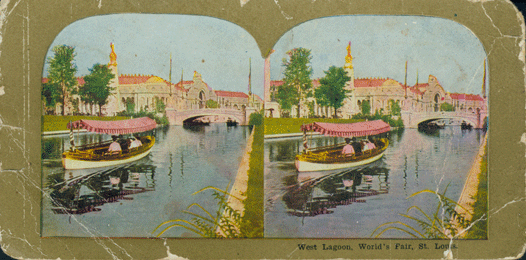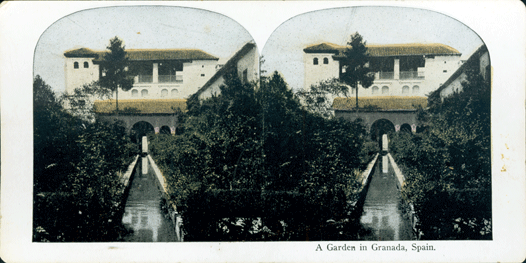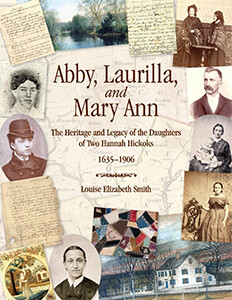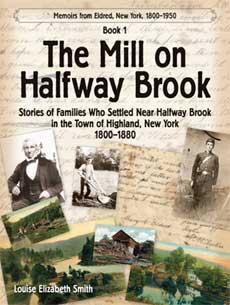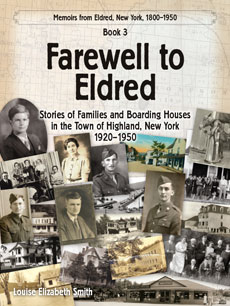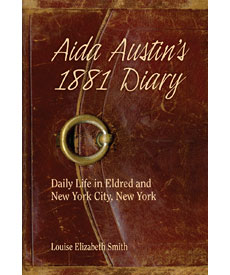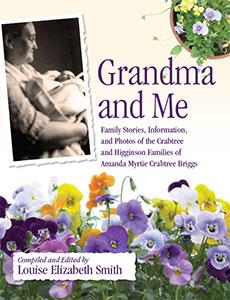A stereograph is a double-image of the same subject that, when viewed through a stereoscope, looks three-dimensional.
After 1856, double pictures were taken with twin-lens cameras which looked like three dimensions when viewed through a stereoscope.
Stereography, first described in 1832, by the English physicist Charles Wheatstone, works only with photography, as no artist can draw two scenes in exact perspective from viewpoints separated only 2-1⁄2 inches—the normal distance between human eyes.
Wheatstone’s mirror stereoscope was not practical for use with photographs. But in 1851, the Scottish scientist, Sir David Brewster, exhibited his simplified viewing instrument at the Great Exhibition in the Crystal Palace, London. Queen Victoria was entranced by the stereo daguerreotypes. Three-dimensional photography soon became a popular craze.
The London Stereoscopic Company was formed in 1854. Between 1860 and about 1920 a stereo viewer was commonplace in British and American homes, where a simplified and cheap hand viewer was introduced by Oliver Wendell Holmes.
Millions of stereographs were circulated in the years before newspaper reproduction of photographs.—Source: stereoscopy.com/faq.

